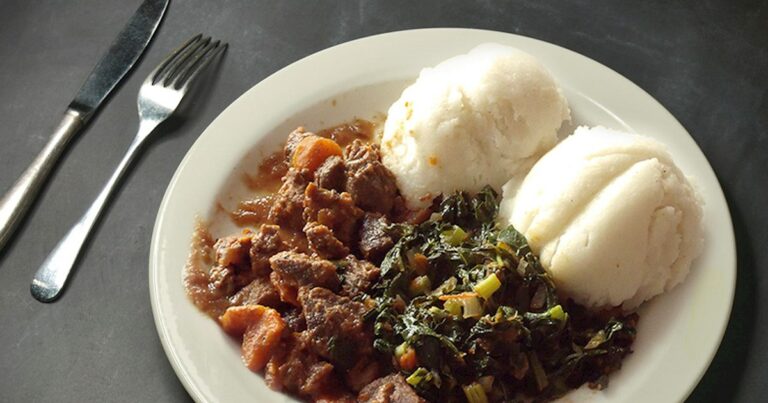Introduction: Kenyan Cuisine and Its Diversity
Kenyan cuisine is a reflection of the country’s history and culture, with influences from neighboring countries and regions. It is a diverse mix of indigenous ingredients, spices, and cooking techniques, resulting in a unique blend of flavors. The staple food of Kenya is ugali, a maize-based dish, and it is often served with meat, vegetables, and sauces. However, Kenyan cuisine has evolved to include a wide variety of dishes that are influenced by the country’s historical, cultural, and geographical connections with neighboring countries.
Indian Influences in Kenyan Cooking
Indian cuisine has a strong influence on Kenyan cooking, mainly because of the large Indian population living in Kenya. Indian spices and flavorings, such as cumin, turmeric, and coriander, are commonly used in Kenyan dishes. For example, the popular dish, biryani, a spiced rice dish with meat or vegetables, has become a staple in Kenyan cuisine. Indian sweets, such as barfi and gulab jamun, are also popular in Kenya, especially during festivals and celebrations.
Middle Eastern Culinary Elements in Kenyan Cuisine
The Middle Eastern influence on Kenyan cuisine is evident in dishes such as pilau, a spiced rice dish, and samosas, a pastry filled with meat or vegetables. These dishes were introduced to Kenya through Arab traders who visited the East African coast for centuries. The use of spices such as cardamom, cinnamon, and cloves in Kenyan cooking is also a reflection of the Arab influence. The influence of Middle Eastern cuisine is most prominent in coastal areas of Kenya, where Swahili cuisine has evolved as a fusion of African, Arab, and Indian elements.
British and European Flavors in Kenyan Dishes
Kenya was a British colony until 1963, and British and European flavors have influenced Kenyan cuisine. British dishes such as shepherd’s pie and fish and chips have become popular in Kenya, and European-style bread and pastries are also widely available. The influence of British cuisine is most evident in the use of ingredients such as potatoes, peas, and carrots, which are commonly used in stews and soups.
East African Food Influences on Kenyan Cooking
Kenya shares cultural and historical connections with other East African countries, and the cuisine has been influenced by the food traditions of these countries. For example, nyama choma, a popular Kenyan dish of grilled meat, is similar to the Ethiopian dish of kitfo. Similarly, the use of coconut milk and cassava in Kenyan cuisine is also influenced by the food traditions of neighboring countries such as Tanzania and Uganda.
Globalization and the Future of Kenyan Cuisine
With the rise of globalization, Kenya’s cuisine has become more diverse, incorporating ingredients and flavors from all over the world. Kenyan chefs are experimenting with new techniques and fusing different cuisines to create new dishes. The future of Kenyan cuisine looks bright, with the potential to become a fusion of different food traditions that reflects the multiculturalism of the country. As Kenya continues to evolve, so will its cuisine, incorporating new influences while still maintaining the unique flavors and traditions that make it distinct.

